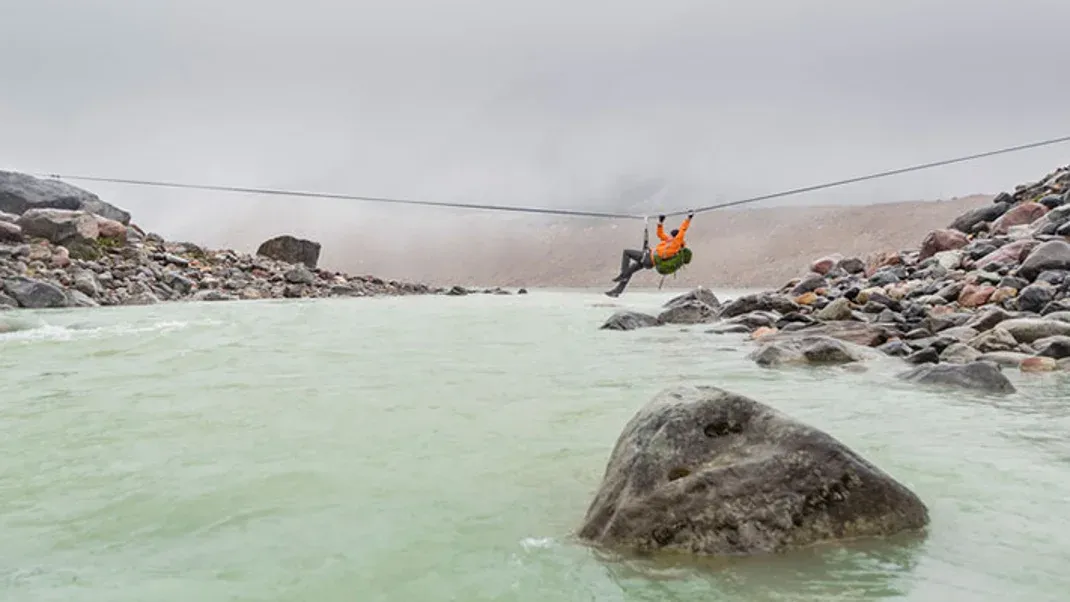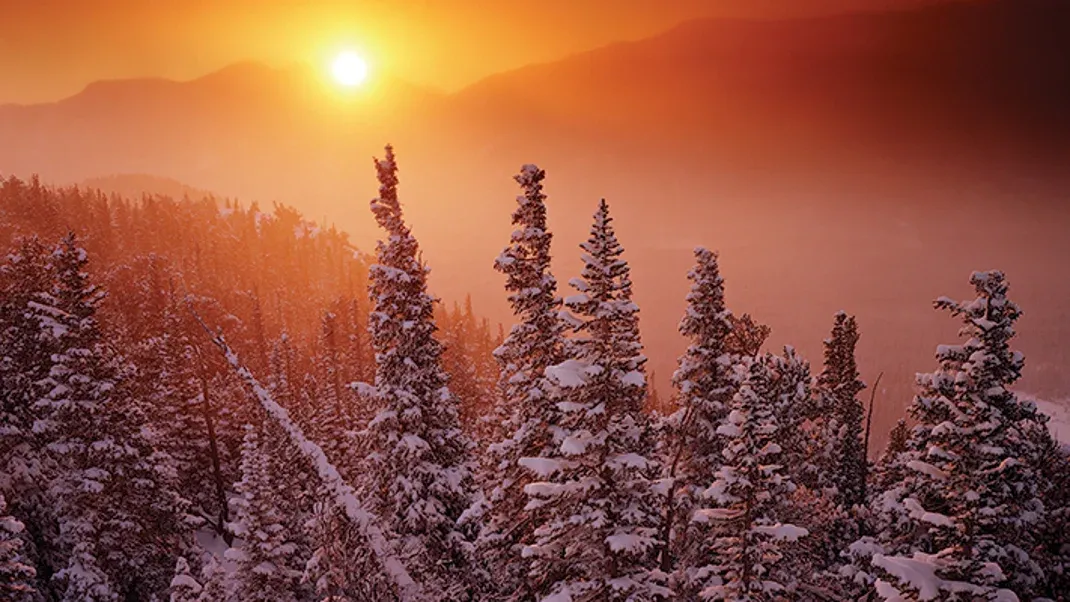How to Protect Your Camera: Outdoor Photography 101
When it comes to outdoor photography, protecting your camera is essential. Whether you're capturing a beautiful landscape or wildlife, there are several steps you can take to keep your camera safe. First, invest in a sturdy camera bag that provides ample padding and protection from the elements. Consider using a rain cover or waterproof case to shield your camera from moisture. Additionally, be mindful of where you place your camera and avoid leaving it exposed to extreme temperatures or rough surfaces. Finally, always use a lens hood to prevent any damage to your lens. By following these tips, you can ensure that your camera stays safe and functional during all your outdoor photography adventures.

Outdoor photography can be an exhilarating and rewarding experience, but it also presents a unique set of challenges when it comes to protecting your camera. Whether you're hiking through the mountains or exploring a bustling city, it's important to take the necessary precautions to keep your gear safe and secure.
One of the first things to consider when it comes to protecting your camera is selecting the right carrying case. A sturdy, weather-resistant camera bag is essential for outdoor photography. Look for a bag with padded compartments to protect your camera and lenses from bumps and jostles, as well as a waterproof exterior to shield your gear from the elements. Additionally, consider a bag with multiple pockets and compartments to store extra batteries, memory cards, and other accessories.
Once you've chosen the right bag, it's important to properly secure your camera inside. Invest in a good quality camera strap to keep your camera close at hand and prevent accidental drops. Some photographers also opt for a camera harness or chest pack, which can provide additional security and comfort, especially during long hikes or outdoor adventures.
When it comes to protecting your camera from the elements, weather sealing is essential. Many modern cameras are equipped with weather-resistant features, but it's still important to take precautions to protect your gear from rain, snow, and extreme temperatures. Consider investing in a rain cover or weather sleeve to shield your camera from moisture, and always carry a microfiber cloth to wipe away any water or condensation.
In addition to protecting your camera from moisture, it's important to shield your gear from dust, dirt, and debris. When shooting in dusty or sandy environments, be sure to keep your camera bag closed when not in use and avoid changing lenses in windy or dusty conditions. Consider investing in a lens hood to protect your lens from scratches and debris, and always keep your camera and lenses clean and free of dust and dirt.
Another important consideration when it comes to protecting your camera is safeguarding it from theft. When shooting in crowded or high-crime areas, it's important to remain vigilant and keep a close eye on your gear at all times. Consider investing in a cable lock or camera security system to secure your camera to a stationary object, such as a tree or bench, when shooting in public spaces. Additionally, consider using a camera bag with anti-theft features, such as lockable zippers or hidden pockets, to deter potential thieves.
In addition to protecting your camera from theft, it's important to safeguard your gear from accidental damage. Always use a lens cap or filter to protect your lens from scratches and smudges, and consider investing in a UV filter to shield your lens from harmful UV rays. When shooting in rugged or uneven terrain, be sure to use a sturdy tripod to stabilize your camera and prevent accidental falls.
When it comes to protecting your camera's battery life, it's important to always carry spare batteries and a charger. Outdoor photography often requires long hours of shooting, so it's essential to have a reliable power source to keep your camera running. Consider investing in a portable power bank or solar charger for extended outdoor adventures, and always keep your batteries charged and ready to go.
In addition to protecting your camera and gear, it's important to also take care of yourself while shooting outdoors. Always dress appropriately for the weather and terrain, and be sure to stay hydrated and nourished during long shoots. Consider investing in a comfortable and supportive camera backpack or harness to distribute the weight of your gear and reduce strain on your body.
Overall, protecting your camera during outdoor photography requires careful planning and preparation. By investing in the right gear, taking precautions to shield your camera from the elements, and remaining vigilant in crowded or high-crime areas, you can ensure that your gear stays safe and secure while capturing stunning outdoor landscapes and adventures. With the right precautions in place, you can focus on capturing breathtaking images and creating lasting memories without having to worry about the safety of your camera.






